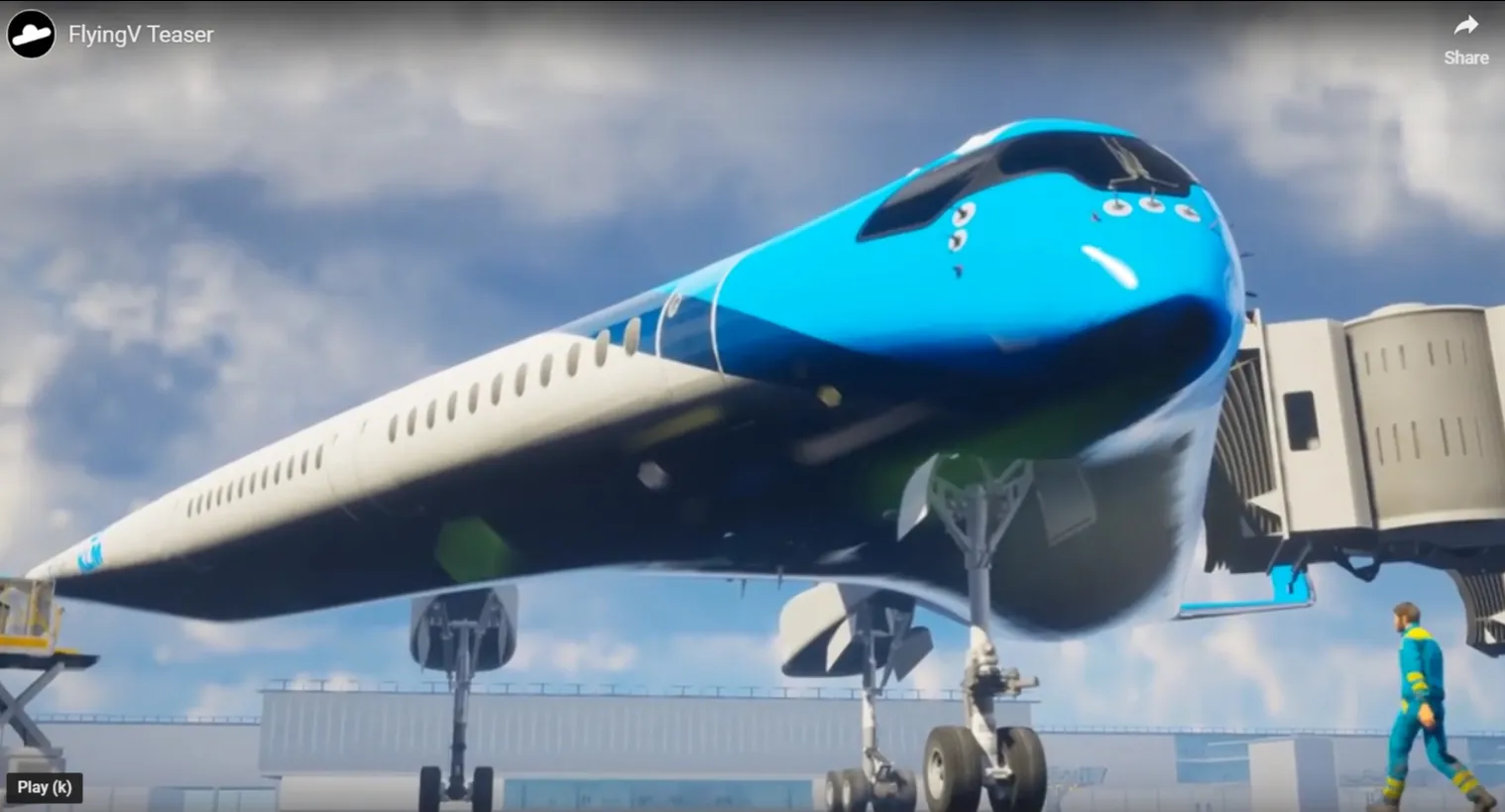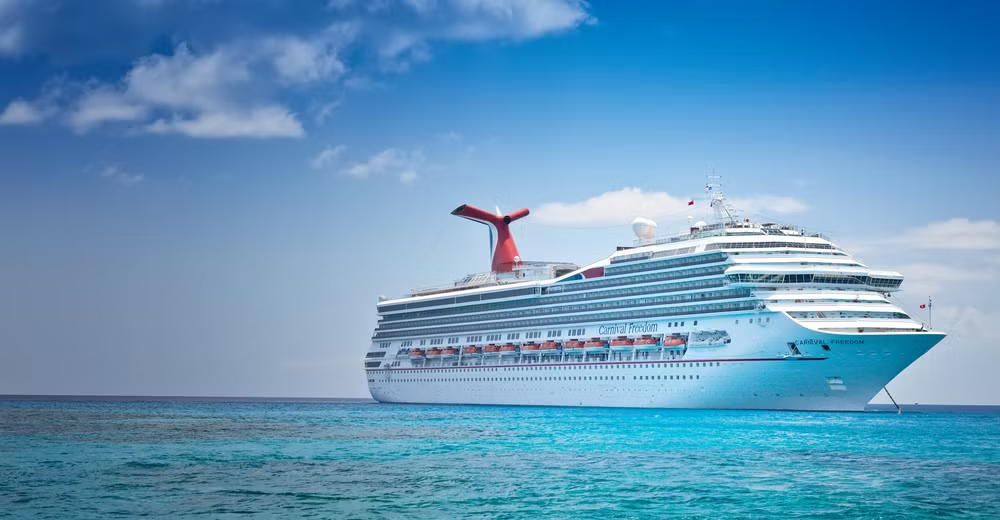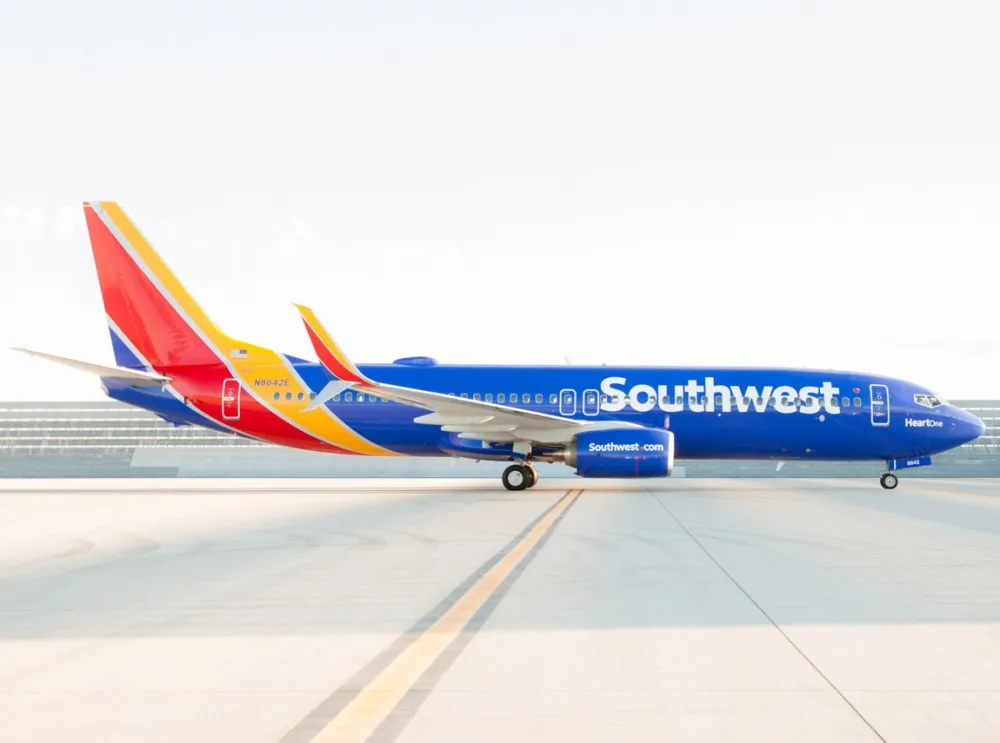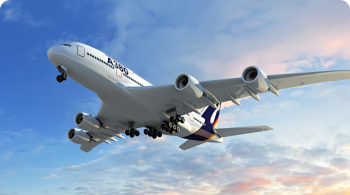
Revolutionary Flying-V to take to the air in October
Jun 03, 2019

The Revolutionary Flying-V aircraft is set to take to the skies in October, showcasing an innovative design that merges the fuselage and wings into a single, sleek structure. This groundbreaking concept promises to enhance fuel efficiency significantly while offering the capacity to carry both passengers and cargo. With its unique shape, the Flying-V aims to redefine air travel by reducing drag and improving aerodynamics. As it prepares for its inaugural flight, the aviation industry eagerly anticipates its performance and potential to revolutionize the future of sustainable air travel, marking a bold step towards greener aviation solutions.
The "Flying-V" is not just an innovative aircraft design; it represents a significant leap forward in aviation technology and sustainability. As the world gears up for its first test flight scheduled for October, aviation enthusiasts and industry experts alike are eagerly anticipating the implications of this revolutionary design. The Flying-V’s unique shape is not only eye-catching but also promises to enhance fuel efficiency and reduce emissions, setting a new standard in the aviation industry.
Design and Features of the Flying-V
The "Flying-V" has a distinctive V-shaped design that integrates the wings and the fuselage into a single structure. This aerodynamic shape is designed to minimize drag and maximize lift, making it more efficient than traditional aircraft. The following table summarizes some of the key features of the Flying-V:
| Feature | Description |
|---|---|
| Wingspan | Approximately 65 meters |
| Passenger Capacity | Up to 314 passengers |
| Fuel Efficiency | Estimated 20% less fuel consumption compared to conventional aircraft |
| Environmental Impact | Lower CO2 emissions |
| Materials | Lightweight composites for reduced weight |
This revolutionary design is not just about aesthetics; it is fundamentally about rethinking how we approach air travel. The "Flying-V" aims to address two critical challenges facing the aviation industry today: increasing fuel efficiency and minimizing environmental impact.
The Technological Innovations Behind the Flying-V
The "Flying-V" incorporates cutting-edge technology to achieve its impressive performance metrics. One of the most significant advancements is the integration of electric propulsion systems alongside traditional jet engines. This hybrid approach allows for greater flexibility in fuel choice and could lead to the future possibility of fully electric flights.
Additionally, the use of advanced materials, such as lightweight composites, helps reduce the overall weight of the aircraft. This reduction in weight contributes directly to the improved fuel efficiency that the "Flying-V" promises. The following chart illustrates the advantages of these technological innovations:
| Technology | Advantage |
|---|---|
| Electric Propulsion | Reduces reliance on fossil fuels |
| Lightweight Composites | Lower aircraft weight = better fuel efficiency |
| Aerodynamic Design | Minimized drag = improved performance |
These innovations are part of a broader trend in the aviation industry, where the focus is shifting towards sustainable practices and technologies. The "Flying-V" is at the forefront of this movement, demonstrating that it is possible to design aircraft that not only meet the demands of modern air travel but do so in an environmentally responsible way.
The Impact on the Aviation Industry
The introduction of the "Flying-V" could have far-reaching implications for the aviation industry. If successful, this aircraft could pave the way for more sustainable air travel, influencing airlines to invest in new technologies and designs that prioritize efficiency and emissions reductions. The following points highlight the potential impact of the "Flying-V":
- Encouragement of Sustainable Practices: Airlines may be more inclined to adopt sustainable practices and invest in green technologies.
- Market Disruption: The "Flying-V" could disrupt the current market, forcing competitors to innovate or risk falling behind.
- Changes in Regulations: As the demand for greener aircraft increases, regulatory bodies may introduce new standards for emissions and fuel efficiency.
Moreover, the test flights scheduled for October will be closely monitored by industry analysts and environmental advocates. Successful flights could lead to increased investments in sustainable aviation and more rigorous research into the next generation of aircraft designs.
Conclusion: The Future of Air Travel
The "Flying-V" is poised to change the landscape of aviation as we know it. With its revolutionary design, emphasis on fuel efficiency, and commitment to sustainability, the "Flying-V" represents a crucial step towards the future of air travel. As we approach the test flight in October, the aviation community and the general public will be watching closely to see how this innovative aircraft performs. The potential for the "Flying-V" to redefine air travel is immense, and its success could lead to a more sustainable future for the entire industry.
In summary, the "Flying-V" is not just a new aircraft; it is a symbol of what the future holds for aviation technology and environmental responsibility. With its groundbreaking features and commitment to reducing the carbon footprint of air travel, the "Flying-V" is set to take to the skies and potentially change the way we think about flying forever.
Related Articles

Explore Thailand: The Best Islands to Visit for Paradise, Adventure, and Relaxation

The Ultimate Guide to the Best Islands in Thailand for Your Next Getaway

Do babies need passports? How to get a passport for a newborn

How to get a U.S. passport fast: here’s how to expedite the process

What is Mobile Passport Control: 5 reasons why you should use it

SENTRI vs. Global Entry: A detailed guide

Do you need a passport to go to the Bahamas? Let’s find out

Do you need a passport to go to Mexico? A detailed guide

Do you need a passport to go to Canada? We got the answer

Do You Need a Passport for a Cruise: An Essential Travel Guide

Booster Seat Requirements: All the Rules to Follow in Your Rental Car

What Are the World’s Most Powerful Passports, and How Does Yours Rank?

How to Take a Passport Photo at Home: A Helpful Guide

You've got to have heart! Southwest's new livery

Your opinion: Should water be free on low cost carriers?

Young women bolder than guys as solo travellers
